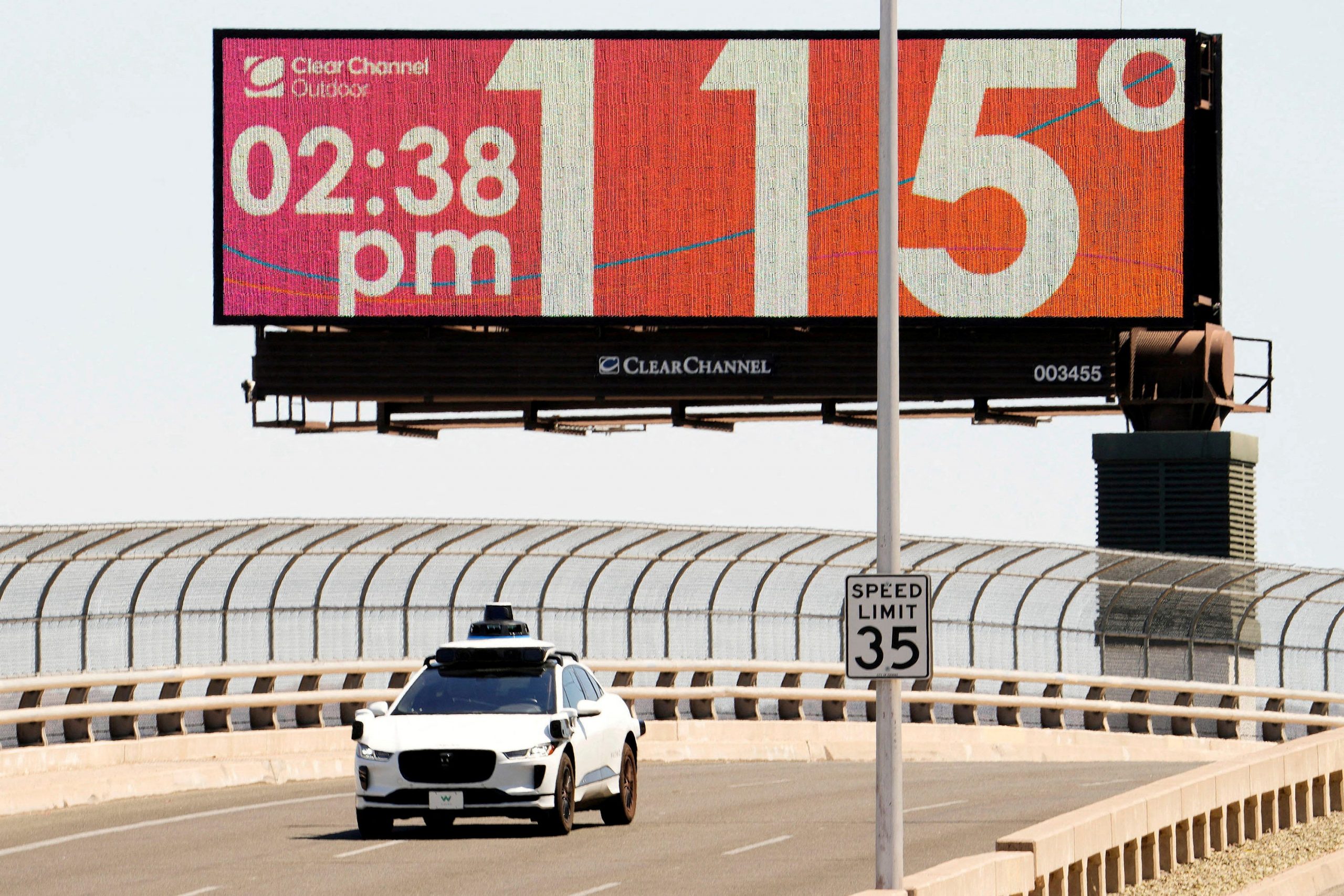In the scorching summer heat of Phoenix, where temperatures have consistently soared above 110 degrees Fahrenheit (43.3 degrees Celsius) throughout July, air conditioning has become a lifeline. However, the rising mercury levels are creating a perilous situation for those who lack access to or cannot afford proper cooling.
In the midst of the relentless heatwave, Phoenix experienced record-breaking temperatures on Wednesday. The mercury soared to an astounding 117 degrees in the afternoon, shattering the previous daily temperature record set in 1989, which was 116 degrees. Moreover, the city tied for the fourth-highest temperature of all time at Phoenix Sky Harbor International Airport, reaching a scorching 119 degrees. This remarkable temperature surge marks the highest reading recorded so far this year and the highest in the past six years, with the last occurrence of 119 degrees dating back to June 20, 2017.
With indoor temperatures reaching unbearable heights, some residents are reluctantly cutting back on AC usage, fearing the impending surge in electricity bills. The relentless heatwave is putting vulnerable communities, including the elderly and pets, at risk, and forcing difficult trade-offs between comfort and economic stability.
The sweltering conditions in modern Phoenix have turned houses into “air fryers” or “broilers,” as roofs absorb and radiate intense heat downward. According to Jonathan Bean, co-director of the Institute for Energy Solutions at the University of Arizona, air conditioning is indispensable during such extreme weather. However, the high demand for cooling, coupled with the steep costs of running AC units, is causing anxiety among residents who fear the strain on their budgets.
The situation is particularly concerning for vulnerable populations, including older adults and those living on limited incomes. Many seniors, trying to save on expenses, keep their thermostats at 80 F, which can be hazardous during heatwaves.
Despite the challenges, organizations like The Salvation Army have stepped in to provide relief. With 11 cooling stations across Phoenix, they offer respite for those struggling with electricity bills or inadequate air conditioning. However, for some, the burden of high cooling costs forces them to sacrifice other necessities, perpetuating a cycle of poverty and energy hardship.












